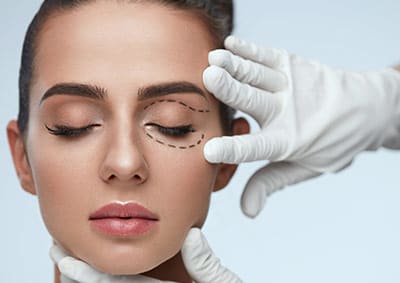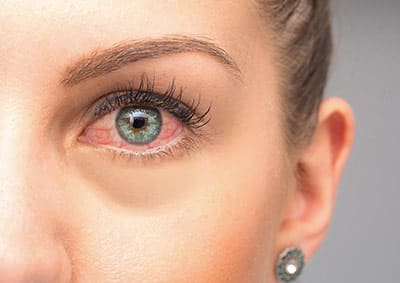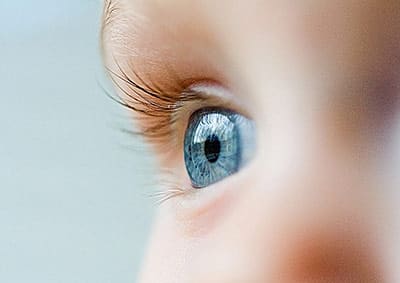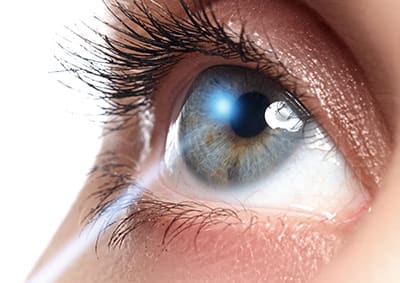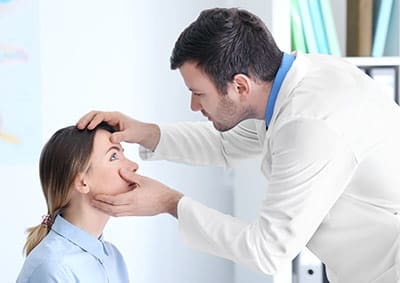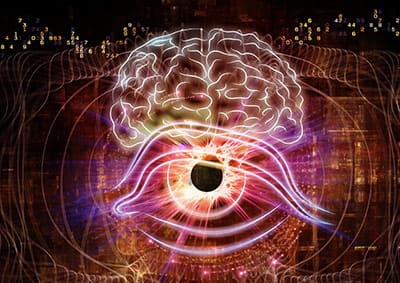20 Jun Eyelid Disorders
How is Eyelid Disorders treated? Oculoplastic Surgery is a branch that is interested in eyelids, nasolacrimal ducts, and orbital (hole of the eye) diseases. Botox is performed in situations like eyelid introversions (entropium), extroversions (ectropium), droopy eyelids (ptosis), introversion of eyelashes, opening of congenital or acquired...




